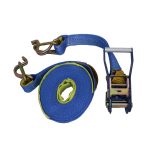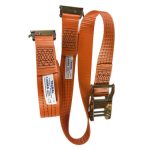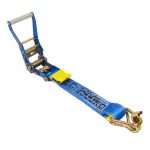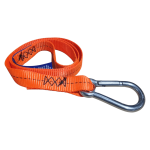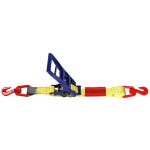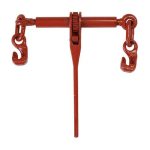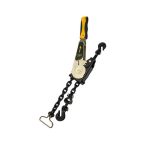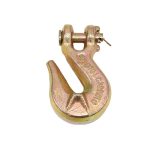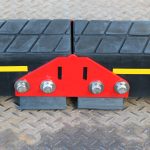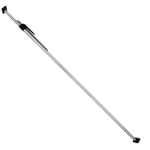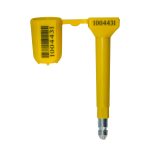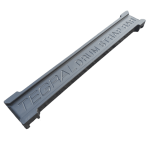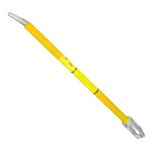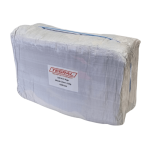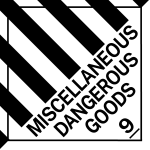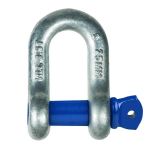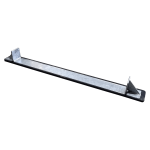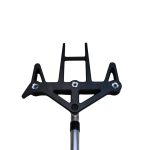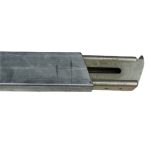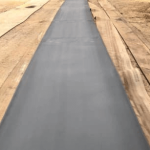Rail freight transport has played a crucial role in the economic development of Australia, allowing goods to be transported efficiently and cost-effectively across the country. In this blog post, we will take a closer look at the history of rail freight transport in Australia, from its humble beginnings to the modern-day.
The first railway line in Australia was built in the 1850s, connecting Melbourne and Port Melbourne. This was followed by the construction of other railway lines, including the Sydney to Parramatta line, which opened in 1855. The railways were initially used primarily for the transportation of passengers, but as the country’s economy grew, rail freight transport became increasingly important.
During the 19th century, rail freight transport in Australia was dominated by the transportation of agricultural goods such as wheat, wool, and meat. The railways played a crucial role in connecting rural areas to the cities, allowing farmers to transport their products to markets across the country.
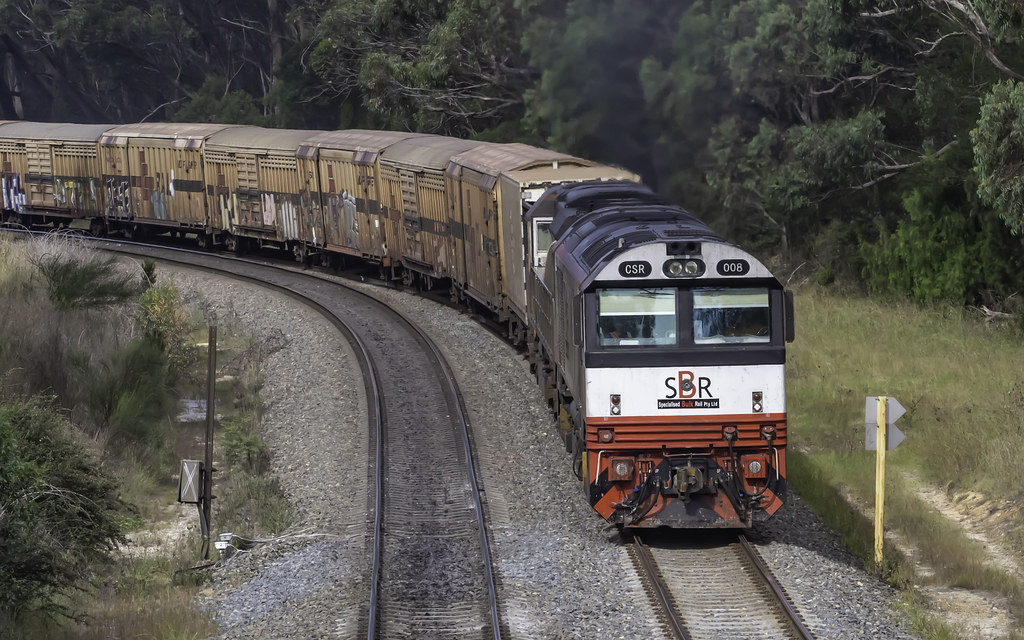
In the early 20th century, rail freight transport in Australia expanded to include the transportation of minerals such as coal, iron ore, and copper. This was driven by the growth of the mining industry in Australia, which required a reliable and efficient means of transporting large quantities of minerals from the mines to the ports.
During the 20th century, the rail network in Australia continued to expand, with new lines being built and existing lines being upgraded. The introduction of diesel locomotives in the 1950s and 1960s led to significant improvements in the efficiency of rail freight transport, allowing trains to haul heavier loads and travel longer distances.
Today, rail freight transport remains an important part of Australia’s transportation infrastructure. The country’s rail network is operated by a number of different companies, including Aurizon, Pacific National, and SCT Logistics, among others. These companies operate a wide range of different freight services, from the transportation of agricultural goods to the movement of minerals and other industrial products.
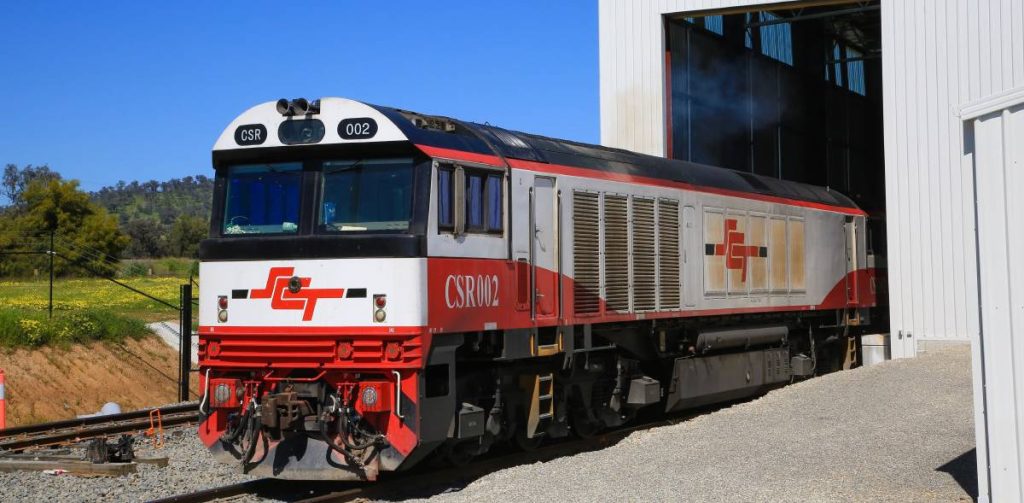
In recent years, rail freight transport in Australia has faced a number of challenges, including competition from other modes of transport such as road and sea. However, the industry has responded by investing in new technologies and infrastructure, such as intermodal terminals and high-tech freight trains, to improve the efficiency and reliability of rail freight transport.
In conclusion, rail freight transport has a long and rich history in Australia, playing a crucial role in the economic development of the country. Despite the challenges faced by the industry in recent years, rail freight transport remains an important part of Australia’s transportation infrastructure, and is likely to continue to play a key role in the movement of goods across the country for many years to come.




